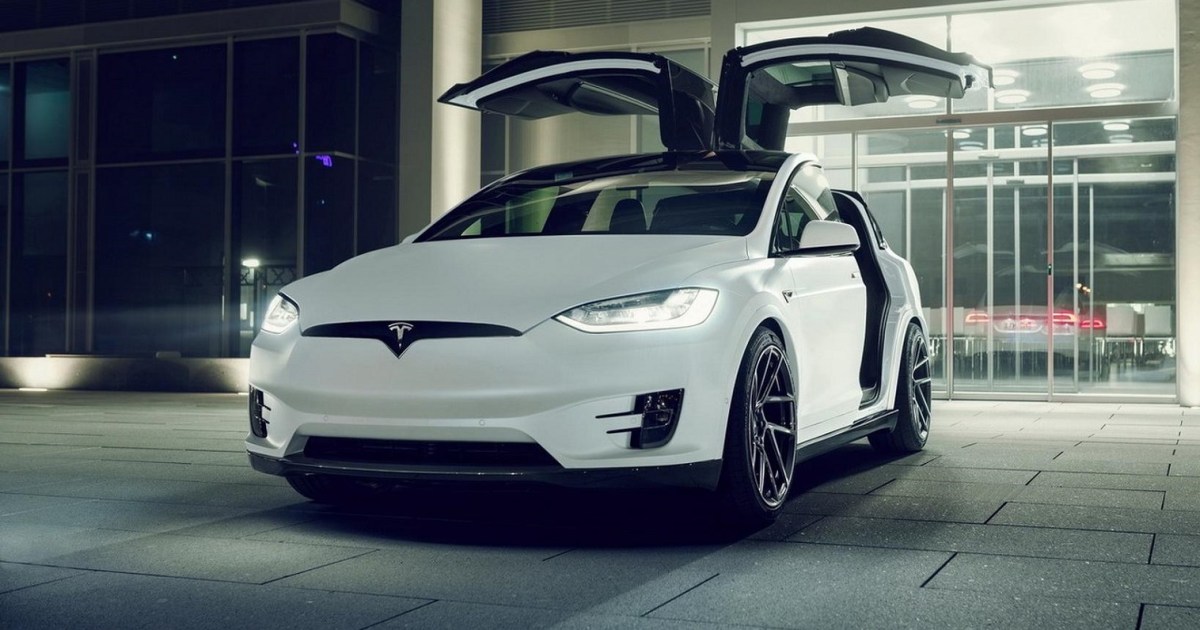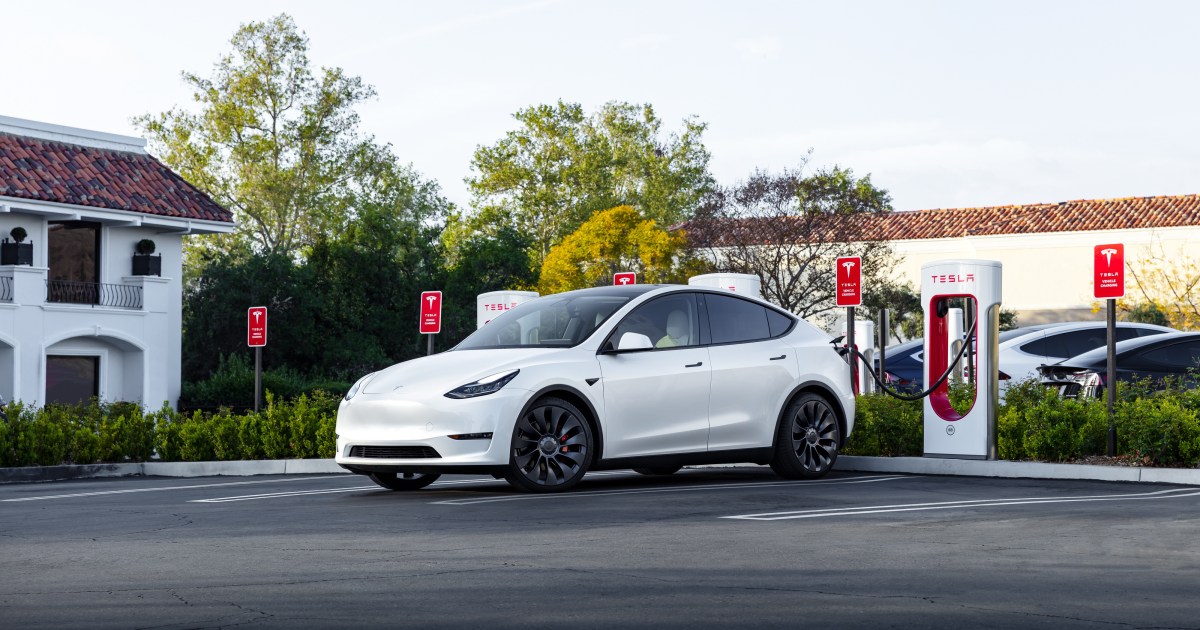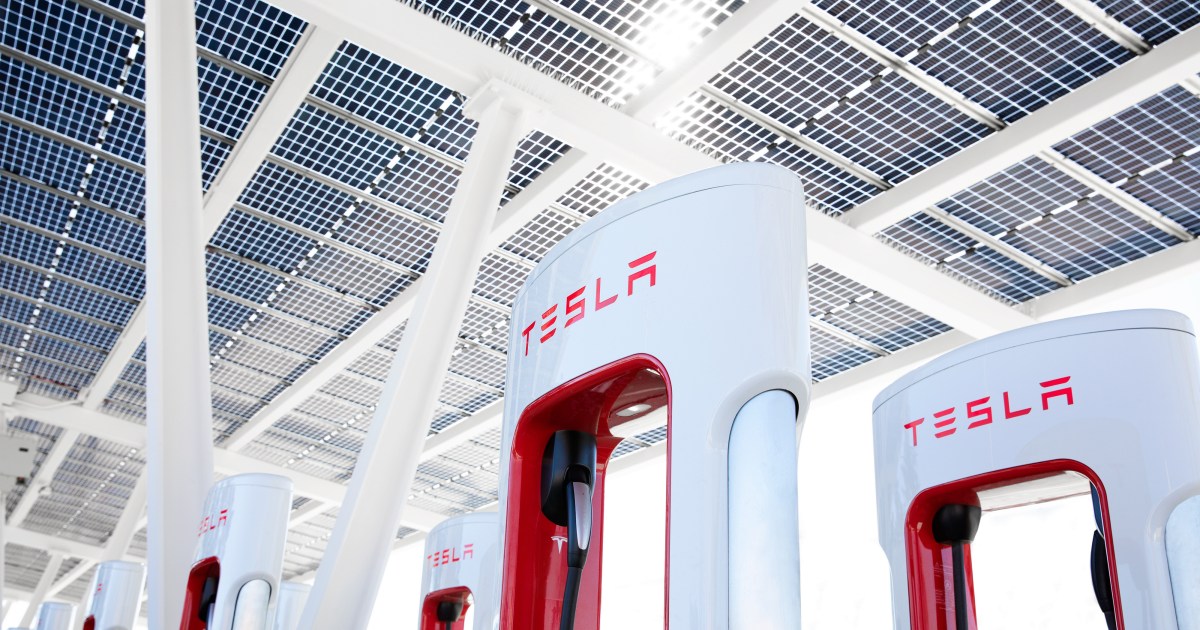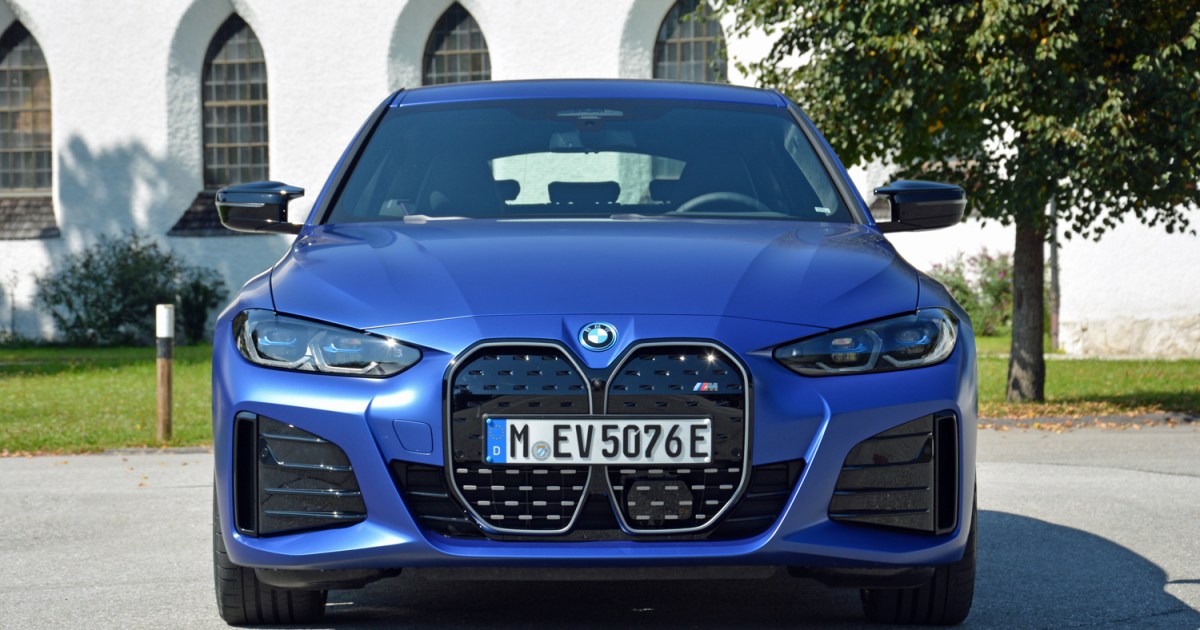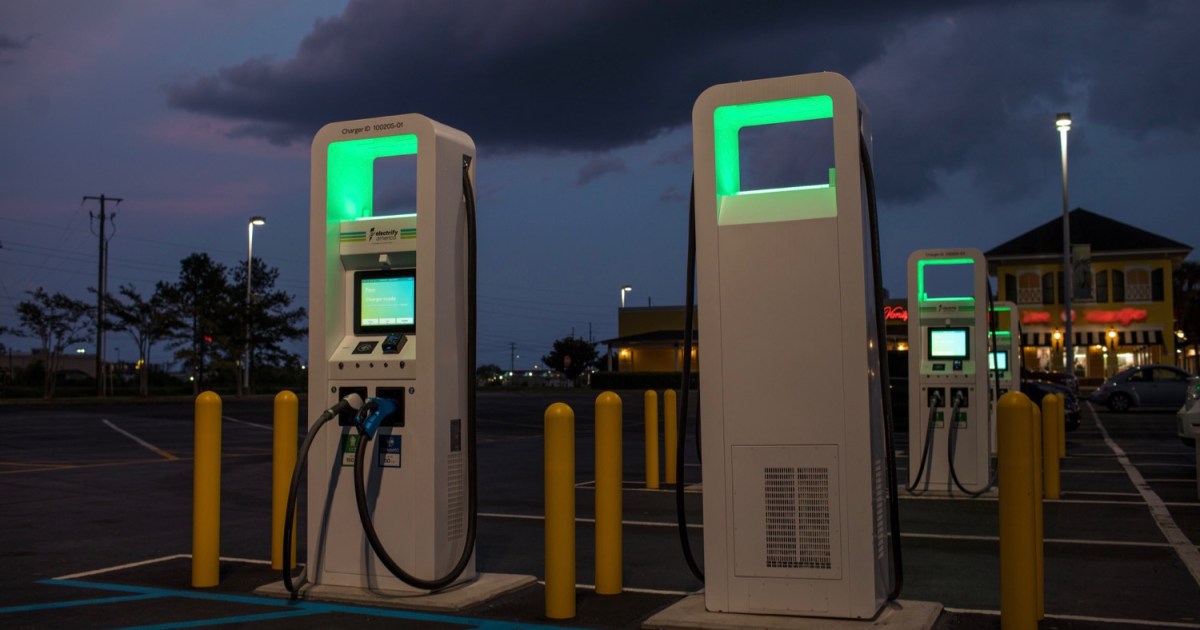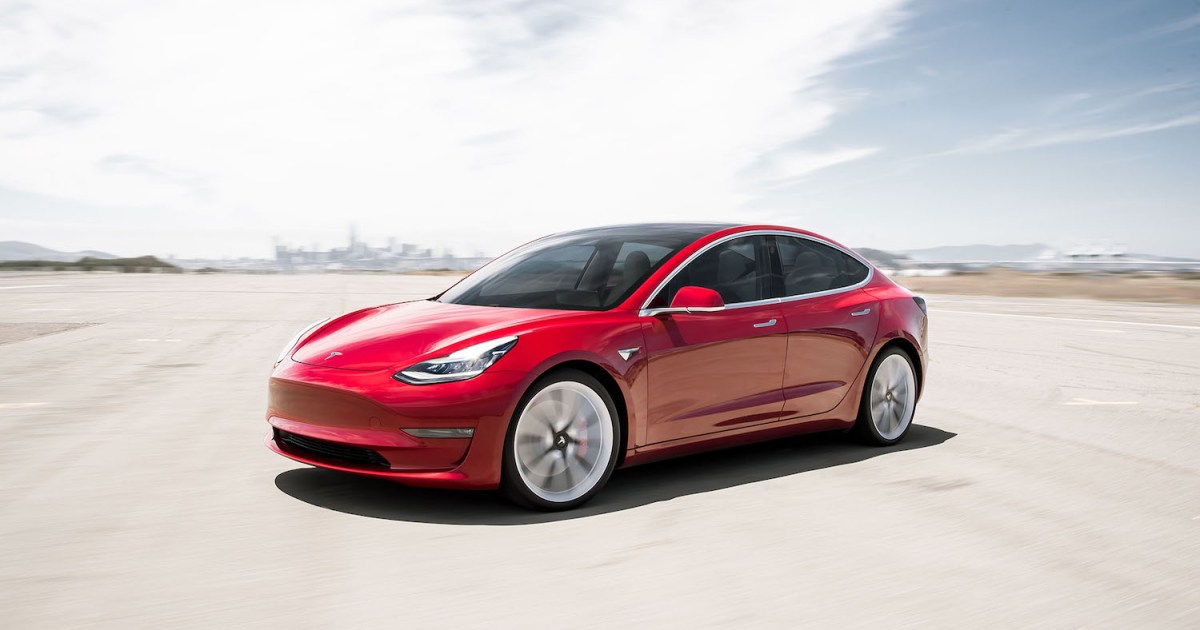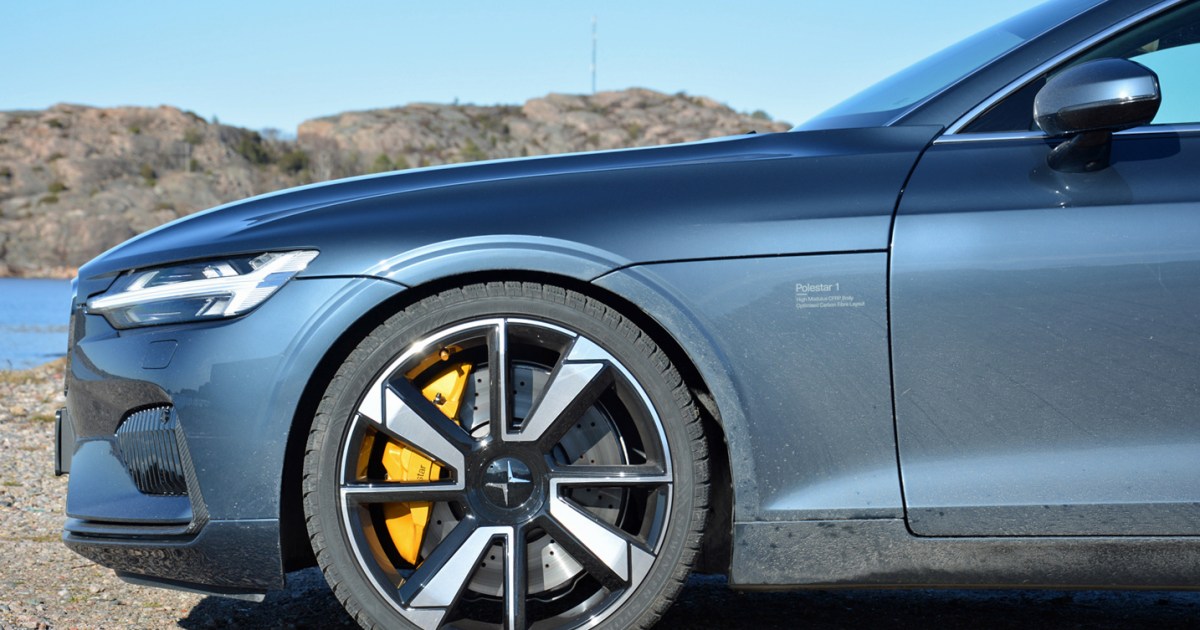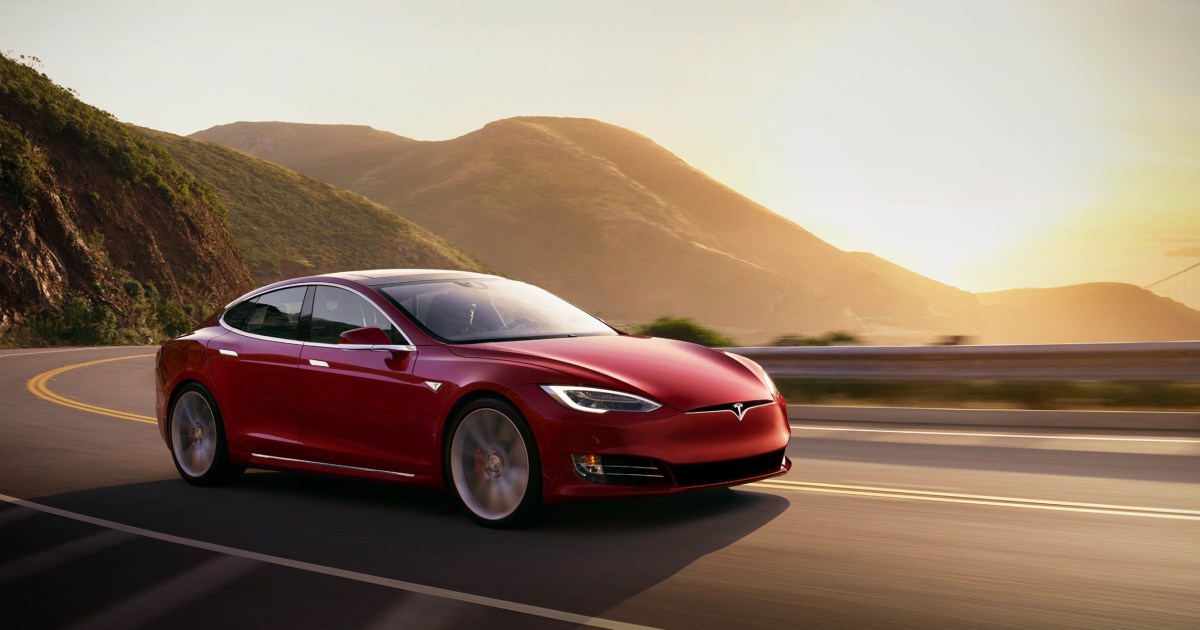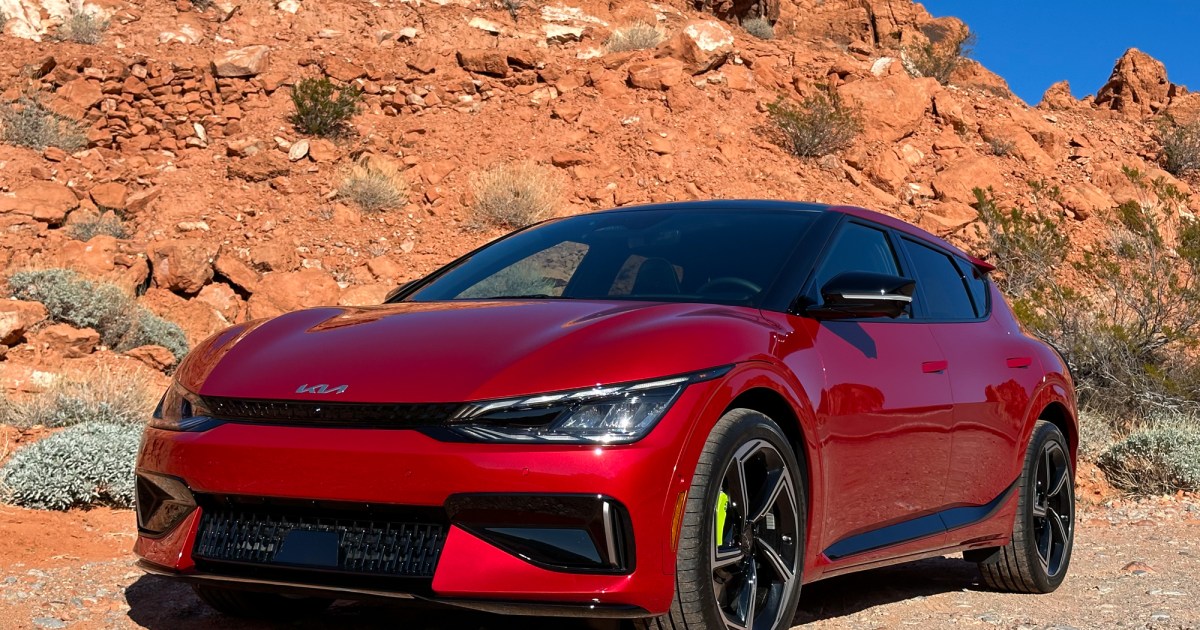Tesla has dominated the electric vehicle market, offering a diverse lineup of EVs. If you’re looking for an electric SUV, two prominent contenders are the Tesla Model X and the Tesla Model Y. While both offer compelling features, understanding their key differences is crucial in making the right choice. This guide delves into the design, size, performance, battery, and price of both models, helping you decide which Tesla SUV best suits your needs.
Design and Features: A Closer Look
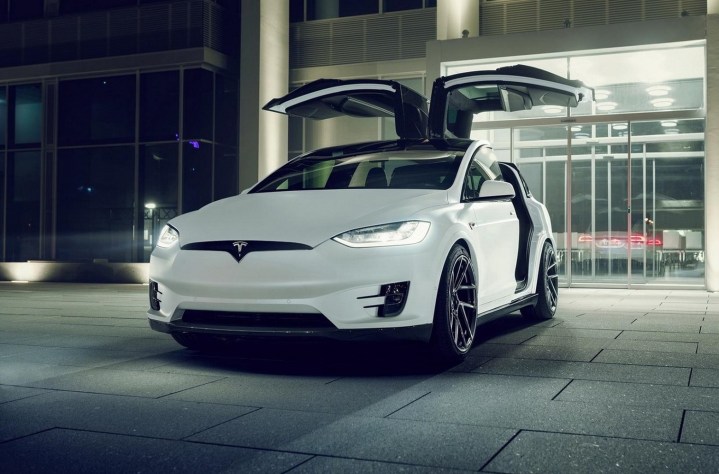 alt text: The exterior of a Tesla Model X, showcasing its distinctive falcon-wing doors.
alt text: The exterior of a Tesla Model X, showcasing its distinctive falcon-wing doors.
Though similar in size and sharing Tesla’s design DNA, the Model X and Model Y possess distinct stylistic elements. The Model X boasts a more angular, futuristic aesthetic, accentuated by its signature falcon-wing doors. These doors not only add a touch of flair but also offer practical advantages in tight parking spaces. Conversely, the Model Y embraces a more streamlined, rounded profile. This design choice lends it a more conventional SUV appearance.
Inside, both models feature minimalist dashboards and offer seating for up to seven passengers with the optional third row. However, seating configurations differ; the Model X offers six or seven-seat options with the third row, while the Model Y’s third-row configuration is exclusively seven seats.
Size and Space: Comparing Dimensions
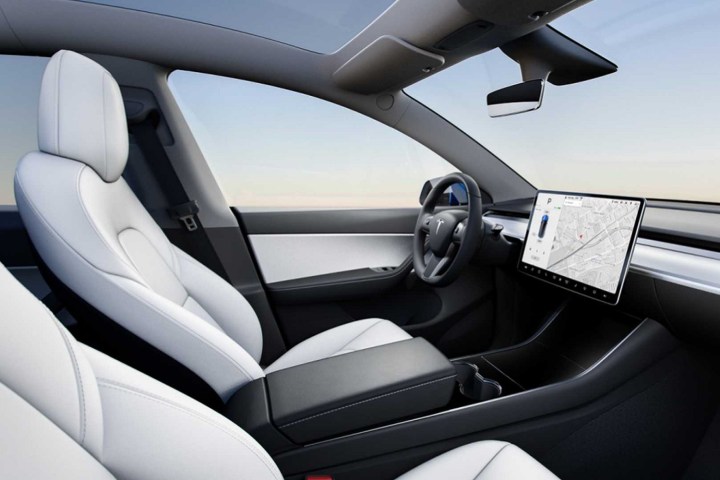 alt text: A Tesla Model Y parked, highlighting its compact SUV design.
alt text: A Tesla Model Y parked, highlighting its compact SUV design.
The Model X is slightly larger than the Model Y. Measuring 198.3 inches in length with a 116.7-inch wheelbase, the Model X provides slightly more interior space, particularly in the second and third rows, compared to the Model Y’s 184.8-inch length and 113.8-inch wheelbase. The Model X also stands slightly taller at 66.1 inches, compared to the Model Y’s 64.3 inches. These dimensional differences translate to subtle increases in headroom and legroom within the Model X.
Performance and Range: Power and Efficiency
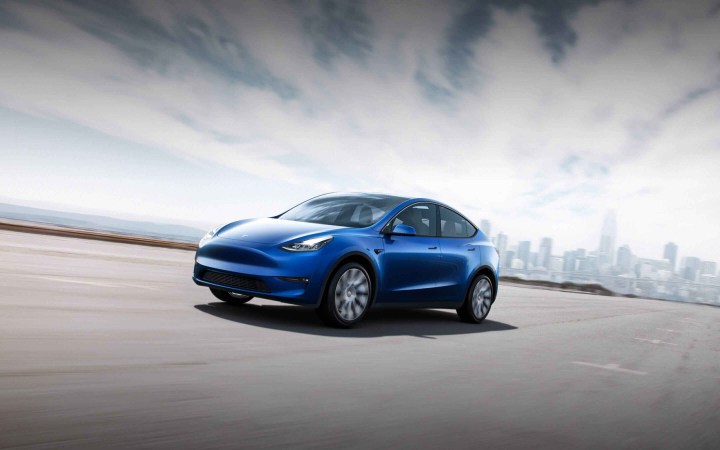 alt text: A Tesla Model Y in motion, emphasizing its performance capabilities.
alt text: A Tesla Model Y in motion, emphasizing its performance capabilities.
Both the Model X and Model Y offer impressive performance, utilizing Tesla’s dual-motor all-wheel drive system. The Model X, however, can be upgraded to a tri-motor Plaid configuration, delivering blistering acceleration with a 0-60 mph time of 2.5 seconds. The base Model X achieves 0-60 mph in 3.8 seconds. The Model Y offers a 0-60 mph time of 4.8 seconds in its base configuration and 3.5 seconds in the Performance trim.
Range estimates are similar between the two models. The Model X boasts an EPA-estimated range of up to 348 miles, while the Model Y achieves up to 330 miles. Opting for performance-oriented trims in either model will slightly reduce the overall range. Recharging times are comparable, with both models capable of reaching an 80% charge in approximately 15 minutes using a Tesla Supercharger.
Price and Value: Weighing the Costs
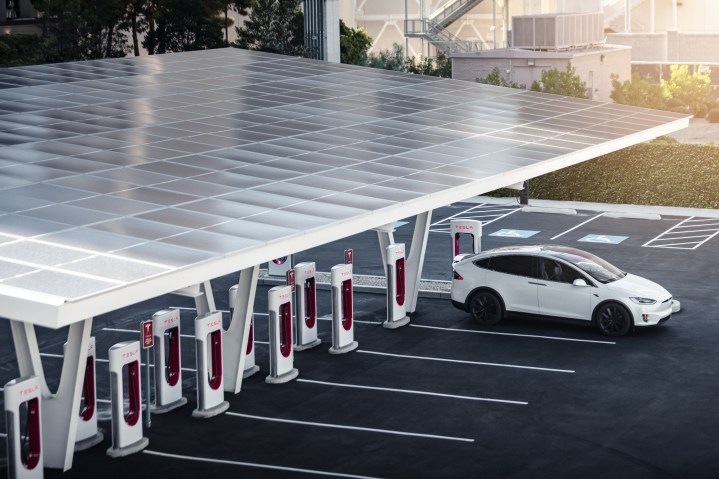
A significant differentiator between the two models lies in their price points. The Model X starts at a considerably higher price, around $127,470, reaching $139,990 for the Plaid trim. The Model Y offers a more accessible entry point, starting at $65,990 and peaking around $69,990 for the Performance model. It’s important to note that Tesla’s pricing can fluctuate, and potential savings through tax credits and other incentives should be considered.
Conclusion: Choosing the Right Tesla SUV
For most buyers, the Tesla Model Y presents a compelling value proposition. It offers a well-rounded combination of performance, range, and features at a significantly lower price than the Model X. The Model X, with its falcon-wing doors, slightly larger size, and available tri-motor configuration, caters to buyers seeking a more exclusive and performance-focused SUV experience. However, the substantial price premium warrants careful consideration. Exploring alternative electric SUVs, such as the Hyundai Ioniq 5 and Kia EV6, is also recommended before making a final decision.



